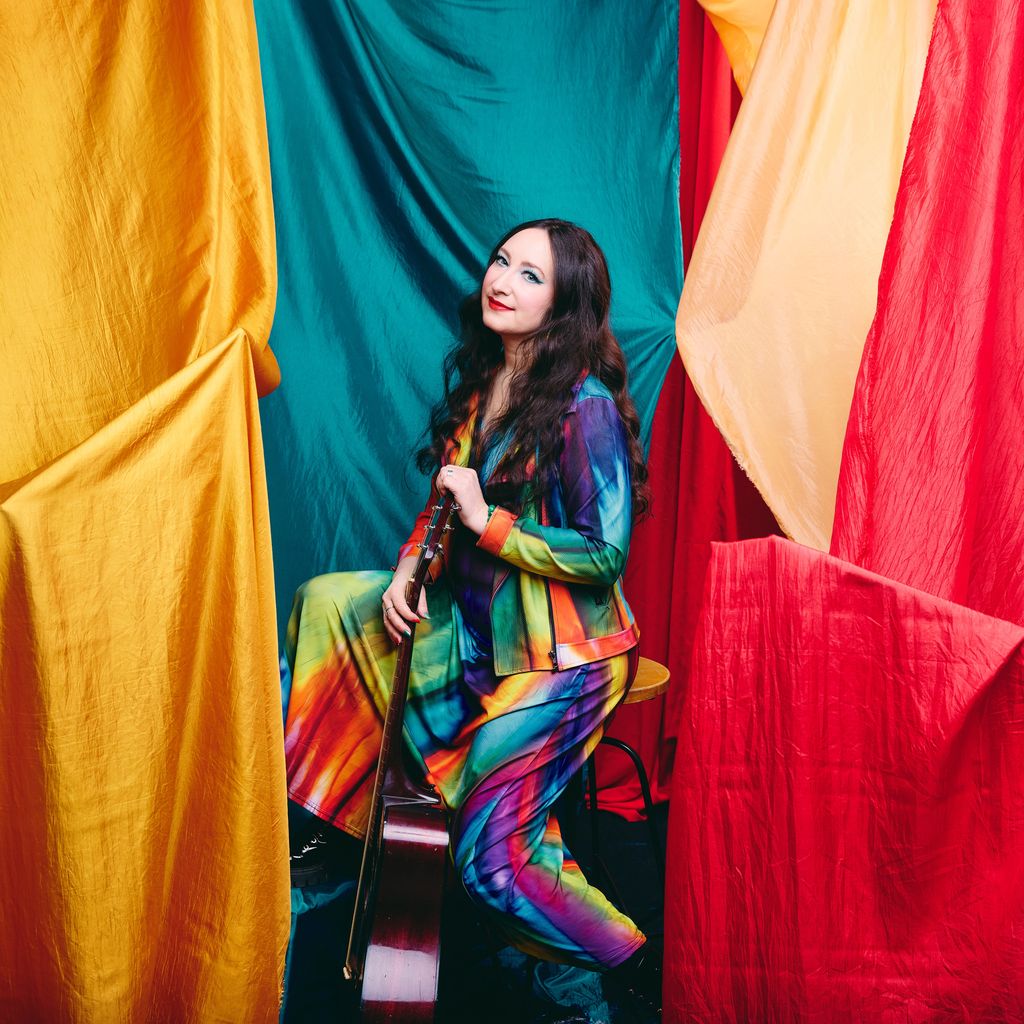In every era, certain artists have a knack for turning life’s noise into something meaningful, something melodic, something that makes you pause and breathe for a minute. Music becomes the place you regroup, reset, and remember what actually matters. Whether it is joy, nostalgia, or a little hard earned perspective, the right song can feel […]

